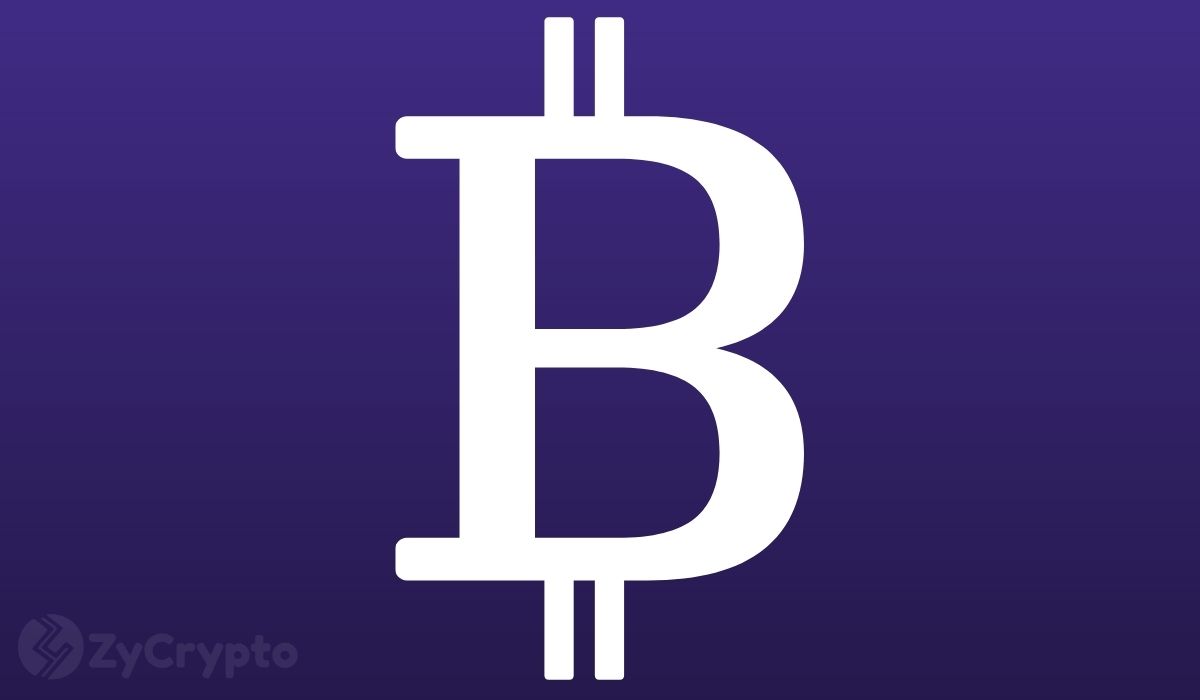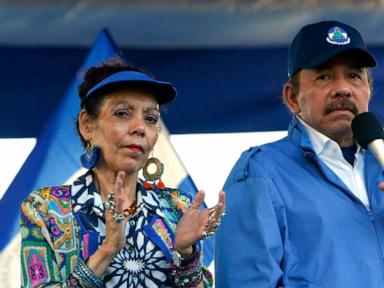ARTICLE AD BOX

- India and Indonesia enhance trade by settling transactions in rupees and rupiahs, sidelining the US dollar to bolster economic ties within BRICS.
- Despite warnings and tariff threats from former US President Donald Trump, BRICS nations continue to shift away from US dollar reliance in global trade.
BRICS members India and Indonesia have deepened trade relations by replacing the US dollar with local currencies, including Bitcoin. The shift strengthens economic ties and challenges dollar dominance in global trade. The decision follows repeated warnings from former US President Donald Trump against abandoning the American currency.
Indonesia, which officially joined BRICS in January 2025, has actively promoted its currency in global markets. India, an established BRICS member, embraced the move, leading to an agreement to settle trade in rupees or rupiahs. As both economies advance regional financial cooperation, the impact on the US dollar remains uncertain.
Despite Trump’s aggressive stance, neither India nor Indonesia has shown any signs of reversing the decision. Their commitment to financial integration and local currency trade signals a growing shift away from dollar reliance, a trend that BRICS nations have been advocating for years.
Trump’s Tariff Threats and BRICS’ Determination
Donald Trump reacted swiftly and decisively to the de-dollarization movement. On January 30, he warned that BRICS nations exploring alternatives to the US dollar would face severe consequences. He demanded assurances from governments perceived as adversarial that they would neither create a BRICS currency nor support another currency to replace the US dollar. Failure to comply, he asserted, would result in 100% tariffs.
“We are asking for a commitment from these seemingly hostile nations that they will not create a new BRICS currency, or support another currency to replace the U.S. dollar, or they will face 100% Tariffs,” Trump declared.
His statement on Truth Social reinforced this stance, underscoring that any nation distancing itself from the US dollar would encounter trade penalties. He dismissed the notion of passively observing BRICS’ monetary strategy, declaring an end to such inaction. Rejecting the feasibility of a BRICS-led currency shift, he asserted that any government attempting to challenge the dollar’s dominance should prepare for economic retaliation.
With Trump reclaiming the White House, he has announced a 25% additional tariff on imports from Canada and Mexico and a 10% tariff on imports from China. However, Canadian energy resources will face a lower 10% tariff. However, with BRICS’ continued push to trade in local currencies, the effectiveness of his tariff threats remains to be seen.
Bitcoin as a Strategic Pillar for the BRICS?
Former President Donald Trump’s push for a “strategic crypto stockpile” has stirred global discussion on Bitcoin’s role in monetary geopolitics. National security expert Jason P. Lowery argues that BRICS could embrace Bitcoin to ensure financial independence from Western influence, particularly from the United States.
Matthew Sigel of VanEck highlighted a potential shift in global trade as BRICS nations consider Bitcoin adoption. Speaking on CNBC, he linked this trend to growing fiscal concerns in the U.S. and emerging economies’ efforts to bypass traditional financial systems for economic autonomy.
Russian spokesman Dmitry Peskov denied speculation about a BRICS common currency, affirming the bloc’s focus on investment platforms. His remarks followed Trump’s warning of tariffs on BRICS nations moving away from the U.S. dollar, reinforcing that no shared currency discussions are underway.
.png)
 3 hours ago
4
3 hours ago
4








 English (US)
English (US)